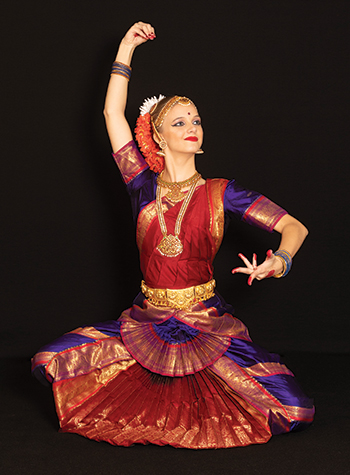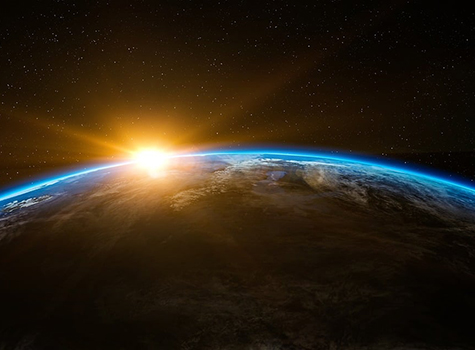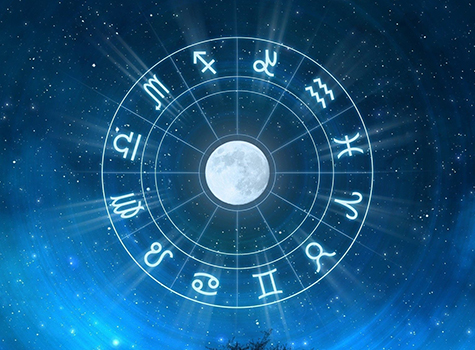By Dr. Maha Gingrich
 Recently, I had the pleasure of attending some beautiful weddings. During those celebrations, I was amazed to be approached by many people talking about my Dances of India column and articles in Saathee Magazine. They are ardent followers and readers of my articles. It gave me a lot of hope about our Indian culture and traditions being sustained here in the USA. However, I also noticed that many of these readers are not the younger generations who have younger kids. Some of the younger generation is influenced by modernity and they expect instant gratification. So why am I still so hopeful that Indian classical dances are still solid and appreciated both in India and abroad?
Recently, I had the pleasure of attending some beautiful weddings. During those celebrations, I was amazed to be approached by many people talking about my Dances of India column and articles in Saathee Magazine. They are ardent followers and readers of my articles. It gave me a lot of hope about our Indian culture and traditions being sustained here in the USA. However, I also noticed that many of these readers are not the younger generations who have younger kids. Some of the younger generation is influenced by modernity and they expect instant gratification. So why am I still so hopeful that Indian classical dances are still solid and appreciated both in India and abroad?
In the last twenty years we have seen many transformations of the dance scene in India and abroad. The almost frantic period of the late 50’s and early 60’s saw the “new discoveries” and a revival of the nearly forgotten Mohiniyattam of Kerala; the Sattriya of Assam State and Kuchipudi Bhagavata Mela Natakam, dance drama forms performed by male ensembles transitioned into solo performances to survive. Now those solo artists came back in a circle to create beautiful dance dramas and became the cultural ambassadors.
I like what was written by someone about Indian culture. “Indian culture is the heritage of social norms and technologies that originated in or are associated with the ethno-linguistically diverse India.
The term also applies beyond India to countries and cultures whose histories are strongly connected to India by immigration, colonisation, or influence, particularly in South Asia and Southeast Asia. India’s languages, religions, dance, music, architecture, food and customs differ from place to place within the country.”
I see it as Indians always had a blend of many cultures. People are creative and not afraid to try new things. At the same time, they are also passionate about learning about their history and traditions.
Indian culture, often labelled as a combination of several cultures, has been influenced by a history that is several millennia old, beginning with the Indus Valley civilization and other early cultural areas.
In many instances attempts are always made to depart from the universal Indian themes derived from the epics and puranas, and to adapt modern movie material. It is easier and quicker to copy the moves from a movie, learn it using videos, and do a quick performance. When I speak with classical dance teachers or musicians, many of them share similar stories and some of them, to survive, have included movie dances in their teaching as their repertoire.
At the hands of Martha Graham and Uday Shankar, the artistic maturity of East and West learning successfully from each other is self-evident.
There is undoubtedly going to be a continuing, perhaps increasing, fascination with the possibilities of “East-West fusion”; experiments in dance have been taking place, and in dramatic theatre pieces. Some East-West experiments have drawn upon the traditional Indian concept of theatre, resulting in plays in which the spoken word, dance movement, music and visual representation are integrated. I do understand that many shows have become mere entertainment or novelty.
Then on the other side, I have so many parents and grandparents coming up to me, thanking me for teaching pure dance styles, performing them, and sharing them with the broader community. They talk about the difference it made in their children’s lives, personality, self-confidence, and personal growth. Some parents say they cannot believe the transformation of their children as it seems like a miracle.
For the first time in a while, most of my graduated students not only continue to dance on their college teams, but they also want to participate in Dances of India production coming up next year on April 6, 2024.
Despite their busy college schedules and personal lives, students are carving out time and are excited to perform classical dances while maintaining their lifetime friendships through dance.
This participation and learning brings immense joy to their parents and families.
They are the generation who found perfect balance between American culture and Indian culture. They are not ashamed to speak the language, learn classical dances, and dress up in traditional clothes. I spoke to their families in India who are blown away by the talent, knowledge and respect this generation has for classical dances. Parents are in tears when they see their kids in these beautiful traditional dance costumes looking divine as they are used to seeing them in shorts and T-shirts.
I attribute this transformation to the grandparents and parents who wanted these young kids to try and learn the classical dances. That little nudge has created an amazing generation of successful and accomplished individuals who found a perfect balance between modernity and classical dances.
This movement must continue to enlarge our spheres of understanding and aesthetic experience, moving us toward a greater maturity and appreciation of the plurality.
A special Thank You from me to Parents and Grandparents!
For questions or comments, contact Dr. Maha Gingrich via email at [email protected]



